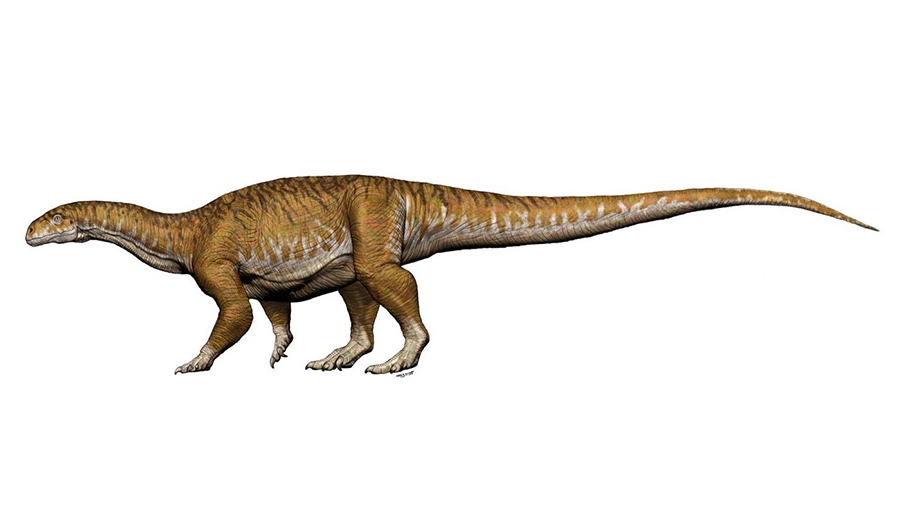Trending Science: Can a New Giant Dinosaur Finding Change Evolutionary History Books?

The fossil of the earliest-known giant dinosaur has been unearthed in Argentina. The discovery comes as somewhat of a surprise for the scientific community, given their belief that the biggest animals to have walked the Earth didn’t arrive so early in dinosaur evolution.
Move over Tyrannosaurus rex and Brontosaurus, there’s a new giant that just plodded onto the dinosaur scene. The impressive specimen, named Ingentia prima (the first giant) by the scientists who claim the discovery, lived between 210 and 205 million years ago in present-day Argentina, according to a study published in the journal ‘Nature Ecology & Evolution’.
The rise of the giants
Ingentia prima was a four-legged plant eater with a medium-length neck and elongated tail that probably measured about 10 metres long and weighed up to 10 tonnes. It belongs to a group of dinosaurs known as sauropods, which includes some of the largest land animals ever known to have existed. Scientists consider Ingentia prima the largest dinosaur and the biggest land animal of any kind up to that point in time. It was at least twice as large as the other plant eaters that shared its habitat.
Until now, it wasn’t apparent how dinosaurs grew to such massive proportions. Scientists believed that giant body sizes in dinosaurs weighing over 10 tonnes first appeared around 180 million years ago during the Jurassic period. Ingentia prima proves that this wasn’t the case, with gigantism apparently evolving during the Triassic period around 30 million years earlier than previously thought.
“We see in Ingentia prima the origin of gigantism, the first steps so that, more than 100 million years later, sauropods of up to 70 tonnes could come into existence like those that lived in Patagonia,” palaeontologist and study lead author Dr Cecilia Apaldetti of the National University of San Juan in Argentina told ‘Reuters’. She was part of the team that found the dinosaur.
Several of the dinosaur’s traits led the scientists to make the gigantism link. It possessed a bird-like respiratory system, connected to the development of air sacs inside the body that gave it large reserves of oxygenated air and kept it cool regardless of its large size.
How did it grow so big so quickly?
Later giant dinosaurs grew in a fast yet continuous manner. By examining Ingentia prima’s bones, the team reveals that it grew in quick spurts instead of continuously, but at an even higher rate. “We could observe in the bones [from the growth rings] that they had markedly high-growth periods,” said Dr Apaldetti in a ‘BBC’ interview.
“It is a new way to get body size in an early moment in evolutionary history,” she added. “This strategy was not used again in the history of dinosaurs.”
Ingentia prima is changing our understanding of how dinosaurs became giants and shedding new light on their evolution. But that’s not the only exciting news. The study suggests that there may be even bigger and stranger dinosaurs out there that remain to be discovered.
Source: Based on media reports / https://cordis.europa.eu








